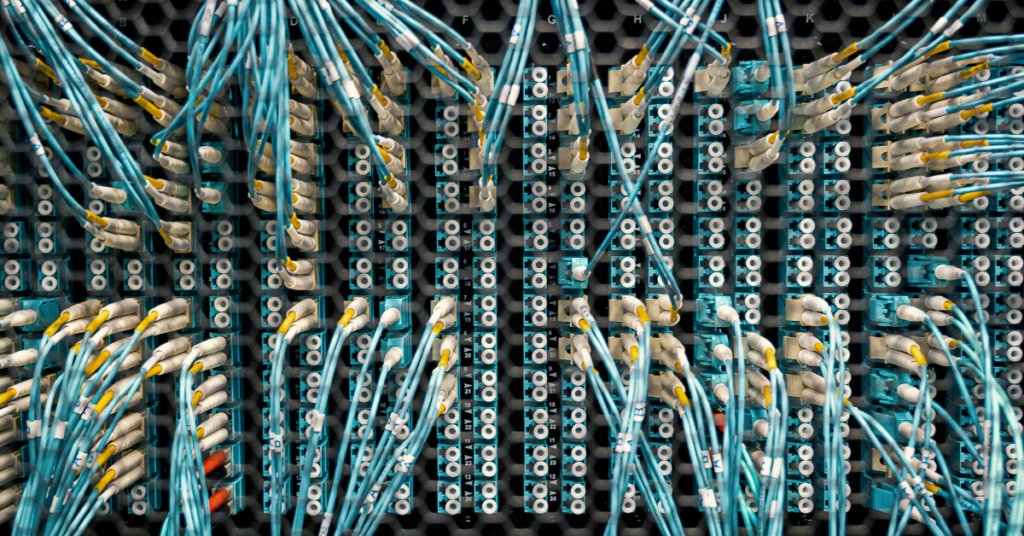Ever been frustrated by slow internet? Our world depends on fast connections. Communication cables matter.
Communication cables links that carry data. They connect devices and networks. Think of them as the unseen, but vital, backbone of our digital world that helps us communicate.
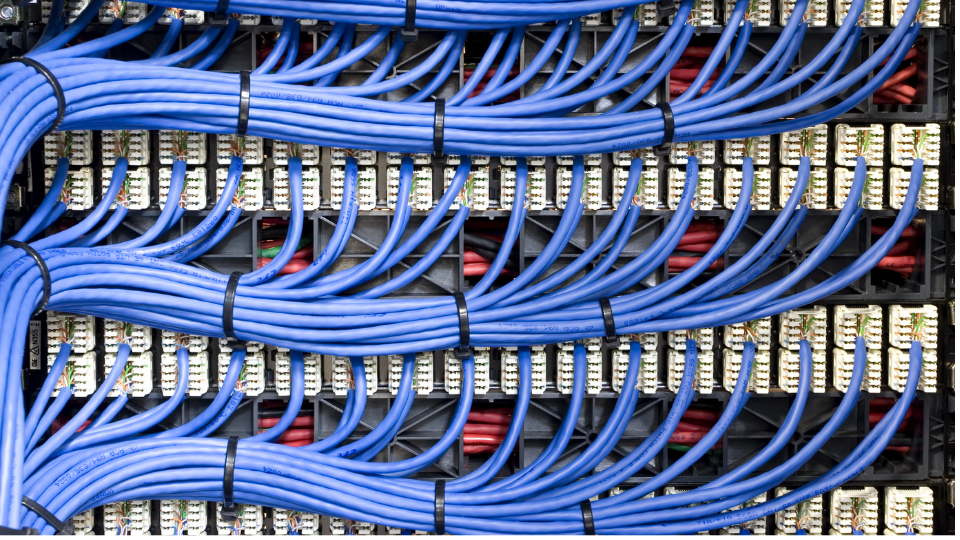
I have seen how critical these cables are during my time in the cable industry. Therefore, let’s explore what they do and why they are so important.
What is a communication cable?
Need to send data quickly? What if you couldn’t send emails? Communication cables get the job done.
A communication cable is a specialized wire or fiber. They send information signals. These signals can be electrical (copper) or light-based (fiber optic). They carry data, voice, or video.
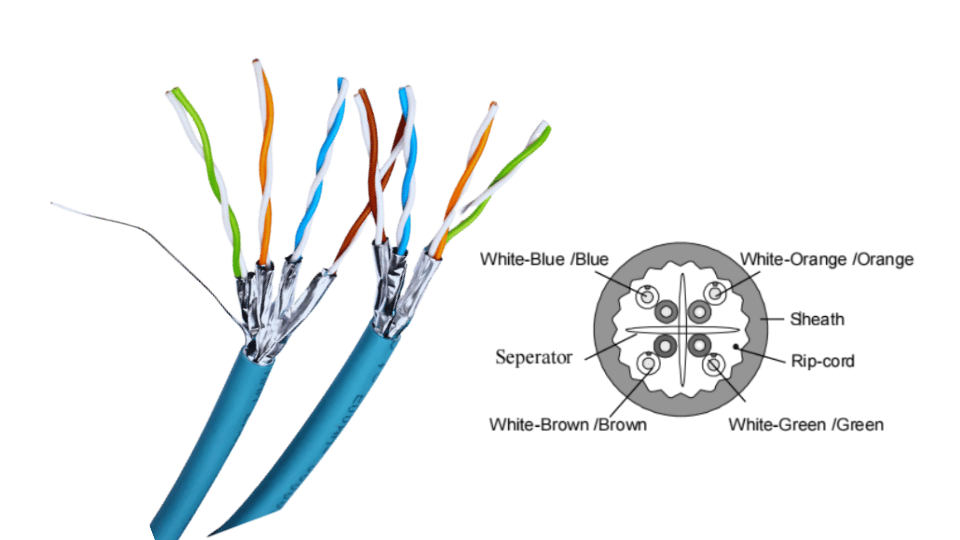
I have seen these cables being made in the factory. We start with materials like pure copper or glass. These materials are very important. Over 15 years, I learned that what we use affects how well the cable works. Bad materials mean bad signals. We use insulation to protect the core. This stops the signal from weakening. Automated inspection keeps our quality high. Every cable is tested thoroughly. This makes sure it meets standards. We innovate with engineering teams to build cables for special needs. We make sure they work for high bandwidth and have a long life. It is more than just a wire; it is a tool built with care. This focus on quality, from start to finish, helps our cables reliably send information around the world. This supports everything from phone calls to complex networks. That’s why quality control is so important.
Material Selection Matters
| Material Type | Purpose | Impact on Performance |
|---|---|---|
| High-Purity Copper[1] | Carry electricity | Low signal loss, high speed |
| Advanced Insulation[2] | Protect the wires | Blocks interference, is durable |
| Glass/Plastic Fiber | Send light | High bandwidth, long distance |
What are types of communication cables?
Not sure which cable to use? Using the wrong one can limit your network. See the key differences.
There are two main kinds of communication cables. These are copper and fiber optic. Each serves different jobs. Each has different features for sending data.
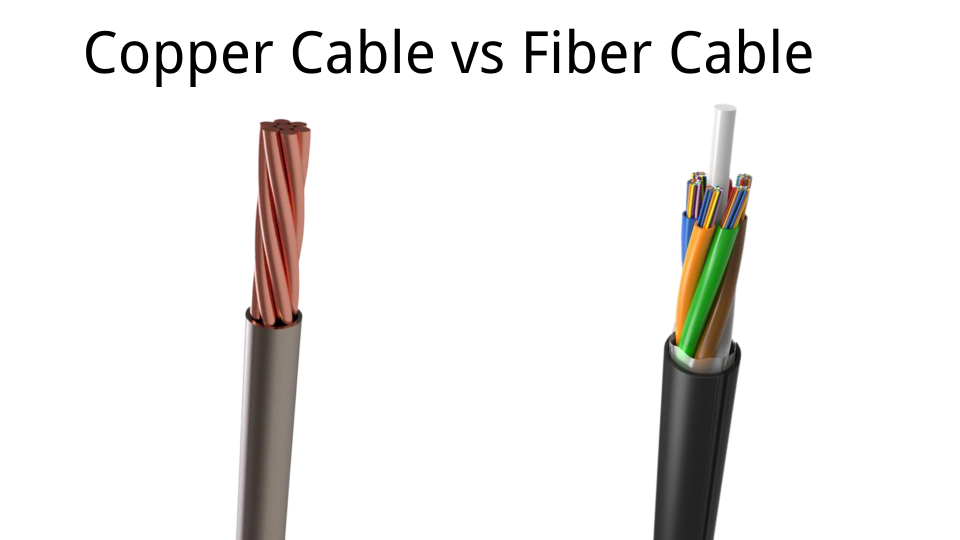
Copper cables were the first choice. We made many twisted pair and coaxial cables. Twisted pair, like Ethernet, reduces noise. Coaxial, for TVs, has better protection. Then fiber optics changed everything. I still remember when we started making them. Fiber optic cables send data as light. They are faster and go farther without losing signal. This makes them great for big networks and the internet. Switching to fiber meant new lines and tests. My team worked hard to adjust. We had to learn new skills. For buyers, like Alex, the choice depends on what they need. Is it a short distance inside a building? Copper is okay. Is it long distance, high bandwidth across cities? Fiber is better. Working with suppliers like us helps Alex get the right cables. This ensures he has good materials, even when demand is high.
Cable Type Comparison
| Feature | Copper Cables[3] (e.g., Ethernet) | Fiber Optic Cables[4] |
|---|---|---|
| Medium | Electrical signals | Light pulses |
| Speed | Slower, limited by physics | Faster, near light speed |
| Distance | Shorter (up to 100m for Ethernet) | Very long (kilometers) |
| Bandwidth | Less | Much more |
| Cost | Lower for short runs | Higher at first, lower long-term |
| Interference | Affected by EMI/RFI | Not affected by EMI/RFI |
How do communication cables work?
Want to know how the internet reaches you? Cables do more than connect. They carry signals.
Communication cables work by turning information into signals. These signals are electrical (copper) or light (fiber optics). They send these signals through the cable. The signals are then turned back into data at the other end.
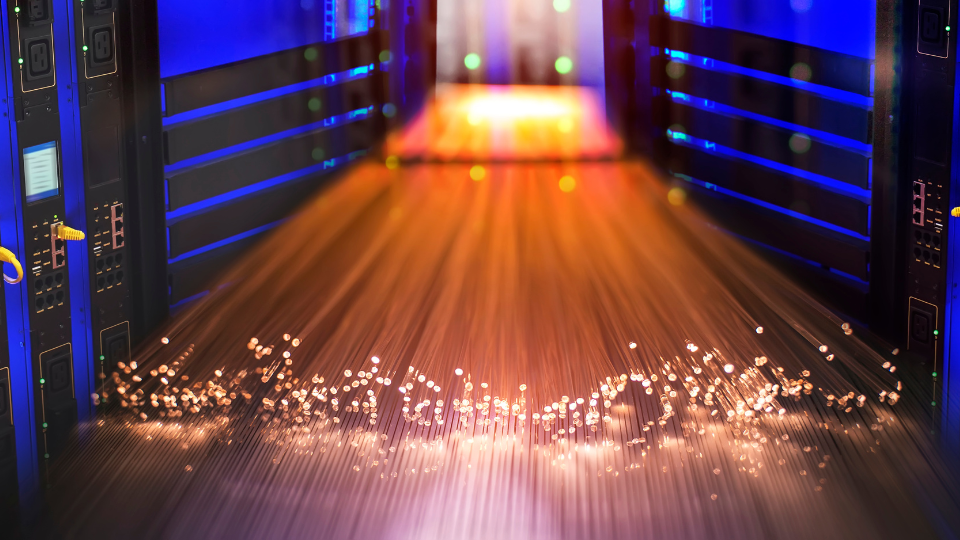
The magic is inside the cable. In copper cables, electrical signals go through the wire. The twist in twisted pair cables reduces noise. In fiber optics, small light pulses travel through thin glass or plastic. The light bounces inside the fiber. This keeps the signal strong over long distances. My job is to make sure our cables are made correctly for this to happen. Making sure the core is centered and the insulation is even is very important. Any mistakes can weaken the signal. We use machines to check this all the time. We improve our processes to reduce waste. We make sure every cable works as it should. We can produce high-quality cables on 60 production lines because we pay attention to detail. This helps us meet our customer’s needs and guarantee performance.
Signal Transmission Mechanics
| Cable Type | How Signal Travels | Key Principle |
|---|---|---|
| Copper | Electrons move | Electrical current |
| Fiber Optic | Light photons travel | Internal reflection |
How to identify communication cable?
Is that the right cable for you? Using the wrong cable causes problems. Learn how to tell them apart.
Look at the cable’s outer layer for markings. Also, check the color and connectors. These features tell you what kind of cable it is, what it is for, and how well it performs.
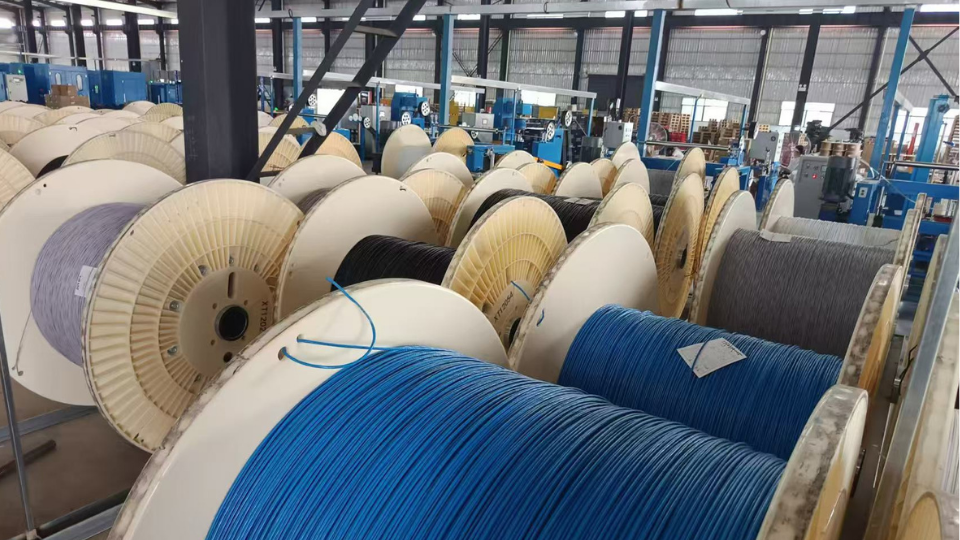
I have produced cables for years. So, we design them to be easy to identify. We print details on the cable’s outer layer. This includes the cable type (like Cat5e[5], Cat6, OM3), who made it, and what standards it meets. Color helps too. For example, different colors show different fiber pairs. This helps technicians install them easily. Then there are the connectors. An RJ45 means Ethernet. SC or LC means fiber optic. Alex, the procurement expert, knows that clear labels are a must. It stops mistakes when ordering. It makes sure the right cable is used for the right job. My team focuses on printing that lasts. This helps people in the field identify our products easily. This also helps Alex manage his supply chain. Correct labels reduce wrong shipments and improve planning.
Cable Identification Keys
| Identification Method | What to Look For | Example |
|---|---|---|
| Jacket Markings | Type, standard, manufacturer | "CAT6 UTP CM 23AWG" or "OM3 Fiber" |
| Color Coding | Shows fiber type or pair | Orange for OM1/OM2, Aqua for OM3/OM4 |
| Connector Type | How it connects | RJ45 for Ethernet, LC/SC for Fiber |
What is the best communication cable to use?
Finding the best cable can be hard. The wrong choice wastes money. Find the right one for you.
There is no one "best" communication cable. It all depends on what you need, what your budget is, and what you might need in the future. The key is to pick the cable that fits your situation best.
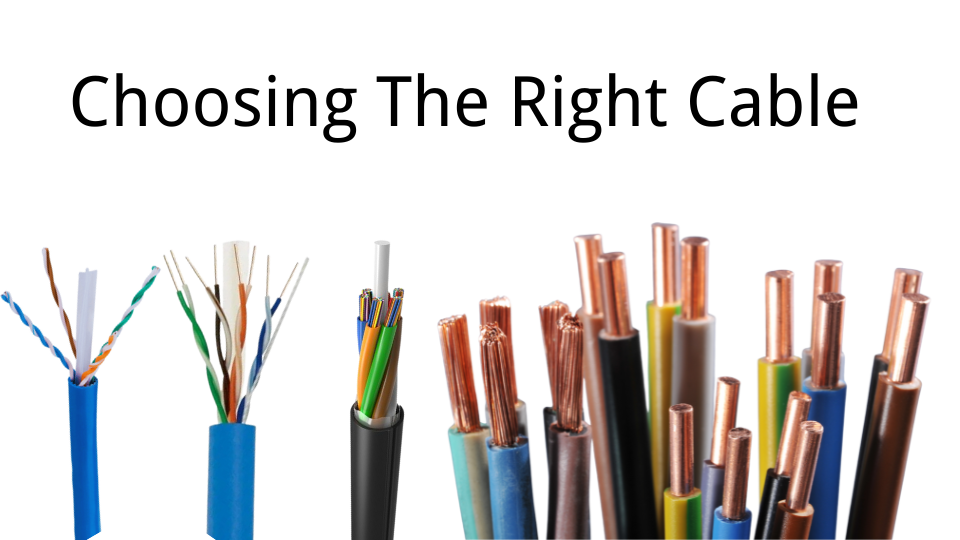
I have learned that "best" depends on the situation. For a home network, Cat6 Ethernet might be enough. For a data center, you need fast fiber optic cables like OM4 or OS2. It depends on bandwidth, distance, and the environment. Is there a lot of electrical noise? Fiber is better then. Is the budget tight and the distance short? Copper might be cheaper. We work with engineering teams to understand these needs. Alex often tells me how important it is to match the cable to the job. He thinks about what is needed now and what might be needed later. Procurement means making sure the specifications are clear. Using technology helps Alex plan and get the right cables for his company. Aligning what we make with what users need is key. My team can innovate and produce many cable types. This means Alex always has choices. This teamwork helps our clients succeed.
Choosing the Right Cable
| Factor | Consideration | Recommended Cable Example |
|---|---|---|
| Bandwidth | How much data? | High: Fiber Optic; Moderate: Cat6a |
| Distance | How far? | Short: Cat5e/6; Long: Fiber Optic |
| Environment | e.g., EMI, outdoor protection required | High EMI: Fiber; Outdoor: Armored Copper |
| Budget | Cost now vs. savings later | Lower now: Copper; Higher now, long-term savings: Fiber |
Conclusion
Communication cables are vital to our digital world. They connect us. So, picking and producing them carefully is key.
[1]: Explore this link to understand how High-Purity Copper enhances signal quality and speed in cable performance.
[2]: Discover why Advanced Insulation is crucial for blocking interference and ensuring durability in cable systems.
[3]: Discover the challenges of Copper Cables and why they may not be suitable for high-demand applications.
[4]: Explore this link to understand why Fiber Optic Cables are revolutionizing data transmission with speed and efficiency.
[5]: Learn about Cat5e cables, their specifications, and why they’re commonly used for Ethernet networks to ensure you choose the right cable for your needs.

